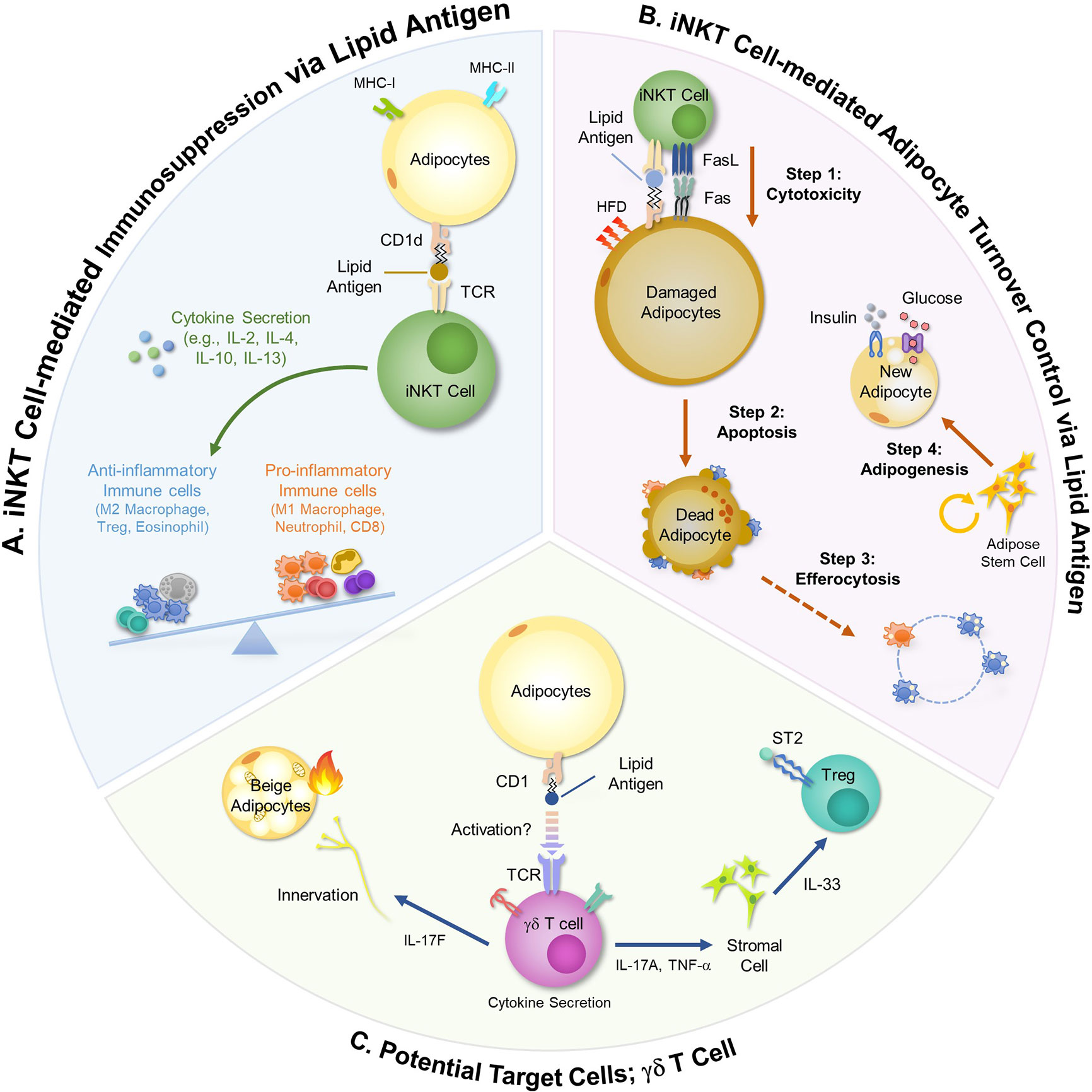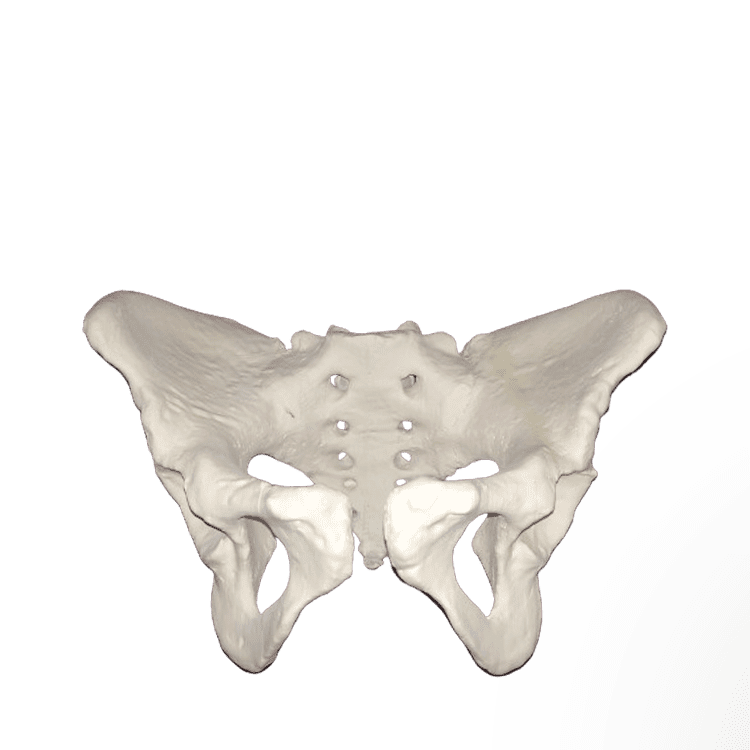What Is Fibroadipose Tissue In Pelvis
What Is Fibroadipose Tissue In Pelvis - Fibroadipose vascular anomaly is a very rare vascular malformation with symptoms that appear most frequently in children and young adults. The retroperitoneal connective tissue of the female pelvis consists of varying amounts of adipose tissue divided into small lobules by. Fibro adipose vascular anomaly (fava) is a rare type of vascular malformation with distinct clinical features.
Fibro adipose vascular anomaly (fava) is a rare type of vascular malformation with distinct clinical features. Fibroadipose vascular anomaly is a very rare vascular malformation with symptoms that appear most frequently in children and young adults. The retroperitoneal connective tissue of the female pelvis consists of varying amounts of adipose tissue divided into small lobules by.
The retroperitoneal connective tissue of the female pelvis consists of varying amounts of adipose tissue divided into small lobules by. Fibro adipose vascular anomaly (fava) is a rare type of vascular malformation with distinct clinical features. Fibroadipose vascular anomaly is a very rare vascular malformation with symptoms that appear most frequently in children and young adults.
Mature fibroadipose tissue Telegraph
The retroperitoneal connective tissue of the female pelvis consists of varying amounts of adipose tissue divided into small lobules by. Fibroadipose vascular anomaly is a very rare vascular malformation with symptoms that appear most frequently in children and young adults. Fibro adipose vascular anomaly (fava) is a rare type of vascular malformation with distinct clinical features.
Pelvis overview Heather Bruce Healing
Fibroadipose vascular anomaly is a very rare vascular malformation with symptoms that appear most frequently in children and young adults. The retroperitoneal connective tissue of the female pelvis consists of varying amounts of adipose tissue divided into small lobules by. Fibro adipose vascular anomaly (fava) is a rare type of vascular malformation with distinct clinical features.
AP pelvis radiograph without bony or soft tissue abnormalities
Fibroadipose vascular anomaly is a very rare vascular malformation with symptoms that appear most frequently in children and young adults. The retroperitoneal connective tissue of the female pelvis consists of varying amounts of adipose tissue divided into small lobules by. Fibro adipose vascular anomaly (fava) is a rare type of vascular malformation with distinct clinical features.
Pin by Adriana Villamil on pelvis in 2024 Pelvic floor therapy
Fibroadipose vascular anomaly is a very rare vascular malformation with symptoms that appear most frequently in children and young adults. The retroperitoneal connective tissue of the female pelvis consists of varying amounts of adipose tissue divided into small lobules by. Fibro adipose vascular anomaly (fava) is a rare type of vascular malformation with distinct clinical features.
Pelvis AnatomyZone
Fibroadipose vascular anomaly is a very rare vascular malformation with symptoms that appear most frequently in children and young adults. Fibro adipose vascular anomaly (fava) is a rare type of vascular malformation with distinct clinical features. The retroperitoneal connective tissue of the female pelvis consists of varying amounts of adipose tissue divided into small lobules by.
The pelvic floor 🌸 is the set of muscles and tissues that close the
Fibroadipose vascular anomaly is a very rare vascular malformation with symptoms that appear most frequently in children and young adults. The retroperitoneal connective tissue of the female pelvis consists of varying amounts of adipose tissue divided into small lobules by. Fibro adipose vascular anomaly (fava) is a rare type of vascular malformation with distinct clinical features.
Female Pelvis Kayrote
The retroperitoneal connective tissue of the female pelvis consists of varying amounts of adipose tissue divided into small lobules by. Fibro adipose vascular anomaly (fava) is a rare type of vascular malformation with distinct clinical features. Fibroadipose vascular anomaly is a very rare vascular malformation with symptoms that appear most frequently in children and young adults.
anatomy of the pelvis Pelvis Soft Tissue
Fibroadipose vascular anomaly is a very rare vascular malformation with symptoms that appear most frequently in children and young adults. The retroperitoneal connective tissue of the female pelvis consists of varying amounts of adipose tissue divided into small lobules by. Fibro adipose vascular anomaly (fava) is a rare type of vascular malformation with distinct clinical features.
Mature fibroadipose tissue Telegraph
The retroperitoneal connective tissue of the female pelvis consists of varying amounts of adipose tissue divided into small lobules by. Fibroadipose vascular anomaly is a very rare vascular malformation with symptoms that appear most frequently in children and young adults. Fibro adipose vascular anomaly (fava) is a rare type of vascular malformation with distinct clinical features.
(PDF) MORPHOMETRIC ANALYSIS OF THE FIBROADIPOSE TISSUE OF THE FEMALE
Fibro adipose vascular anomaly (fava) is a rare type of vascular malformation with distinct clinical features. Fibroadipose vascular anomaly is a very rare vascular malformation with symptoms that appear most frequently in children and young adults. The retroperitoneal connective tissue of the female pelvis consists of varying amounts of adipose tissue divided into small lobules by.
Fibro Adipose Vascular Anomaly (Fava) Is A Rare Type Of Vascular Malformation With Distinct Clinical Features.
The retroperitoneal connective tissue of the female pelvis consists of varying amounts of adipose tissue divided into small lobules by. Fibroadipose vascular anomaly is a very rare vascular malformation with symptoms that appear most frequently in children and young adults.








